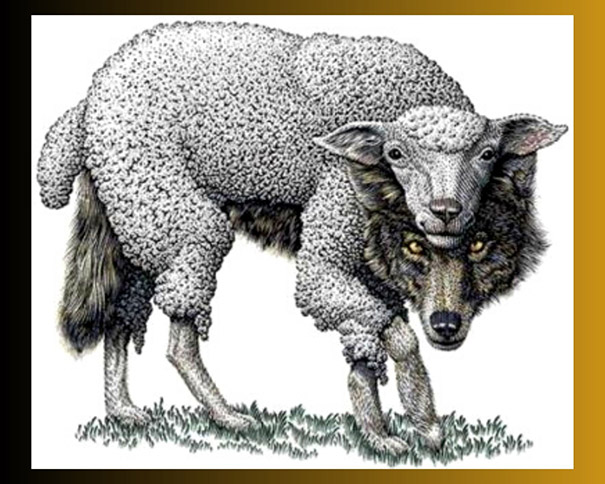Do people who grew up listening to fairy tales can't find the peace because they struggled with evil witches all their lives, or is this world not enough place to be heroes?
Evil is a simple word that we learn at a young age and that we understand is bad. However, our youth and innocence prevents us from knowing the weight the word holds. As our understanding of evil develops, we begin to see evil all around us. Although we hold common societal definitions of evil, each person is bound to view evil slightly different from others. Evil is unique to each individual, how people were raised and what they were exposed to will alter their definition of evil.
Evil has been views of psychologist by philosophers, thinkers, writers and a phenomenon defined. Definition of evil from ancient times to the present constantly changes. According to Nietzsche, from all evil Humans are now responsible. According to Sartre, man is evil within himself presents under the mask of the devil. According to Plato, moral evil associated with a lack of knowledge. Evil is outside the truth as a radical problem literature by being fed from philosophy and science fictionally and remains popular in cinema. Modern mythological narration methods, telling of evil sacred stories, urban legends, real phenomena continue to present them as true representatives of evil is doing.
While listening to a fairy tale, we pause our minds for a few minutes. For days, weeks, maybe years, the windows that open one after the other in our minds disappear for a while. It seems as if the thought monsters gnawing at our drooling minds never existed. Some fairy tales want to mend our minds. They are actually volunteer candidates. Some fairy tales offer mental healing.
Some fairy tales take the arm of your imagination and take you from land to land. It is almost as if you are on an island that is ready to heal your soul, surrounded by an emerald blue ocean for three minutes, soft golden sands flowing under your feet, soothing and calming warm winds blowing on your face, and occasionally smelling fresh fruits and flowers that come to your nose with that wind. But my advice to you is to relax your mind for a few minutes, because soon the evil that lurks at the bottom of those warm golden sands of the island will suddenly appear before you like a nightmare. You cannot close your eyes and leave yourself to the warm wind of the island for the rest of your life. Every now and then the storm will come. You can't escape it.

In most known fairy tales, the theme of good and evil is usually present. Many of these stories show heroic princesses, valiant knights, and kind fairy godmothers fighting characters like wicked witches, gruesome monsters or evil wizards. Some of the most classic tales show heroes and heroines fighting against all odds, but their choice to do good leads to triumph. Fairy tales like Grimm's "Snow White" and Perrault's "Cinderella" are some of the best examples of the theme of good vs. evil in fairy tales.
"Be devout. Be good. Then I will smile down from heaven in the seam of a cloud."
As Cinderella's mother is dying, she promises her that if she remains "devout" and "good," she will "smile down from heaven." This is just a way of saying that Cinderella will receive blessings. Contained in this little passage is the implication that the good are inherently rewarded and the evil are not. As we know, the fairy tale bears this out, but real life is far less certain.
Fairy Tales are a piece of actual reality, human nature and moral dilemmas we all have to face at one time or another. Cinderella brings the concept of good vs. evil to light in a way that we are all familiar with, we are presented with a beautiful young girl who is abused and ridiculed by her step-mother and step-sisters, she overcomes these evils through her goodness and innocence. The way I see it there is no such thing as pure evil, because evil is the absence of goodness. It is existence depends on the existence of goodness. While goodness can exist devoid of evil and be called ‘pure’, evil cannot exist devoid of goodness and be called ‘pure’ because evil is measured against goodness or the lack of it.
For evil to be pure it would have to have its own existence independent of anything else. But evil is only understood in relation to goodness. It is like shadows which depend on light for their existence. While we can talk about pure light, we can’t talk about pure shadows, perhaps varying degrees of shadows, but what’s a pure shadow? If a pure shadow is complete absence of light, then it can’t exist because no light means no shadows. The closest I could come to the concept of ‘pure evil’ would be that I couldn’t think of anything worse. But if years of experiences have taught me anything it would be that there’s always something worse.
Pure evil will quickly destroy itself, so it doesn’t actually exist. Evil can only distort and corrupt things that are constructive and good. What you might call “Pure” evil is something destructive that does a good job of masquerading as something desirable. So it’s not pure, but is evil disguised.
I think Aleksandr Solzhenitsyn put it best:
"If only it were all so simple! If only there were evil people somewhere insidiously committing evil deeds, and it were necessary only to separate them from the rest of us and destroy them. But the line dividing good and evil cuts through the heart of every human being. And who is willing to destroy a piece of his own heart?"


















